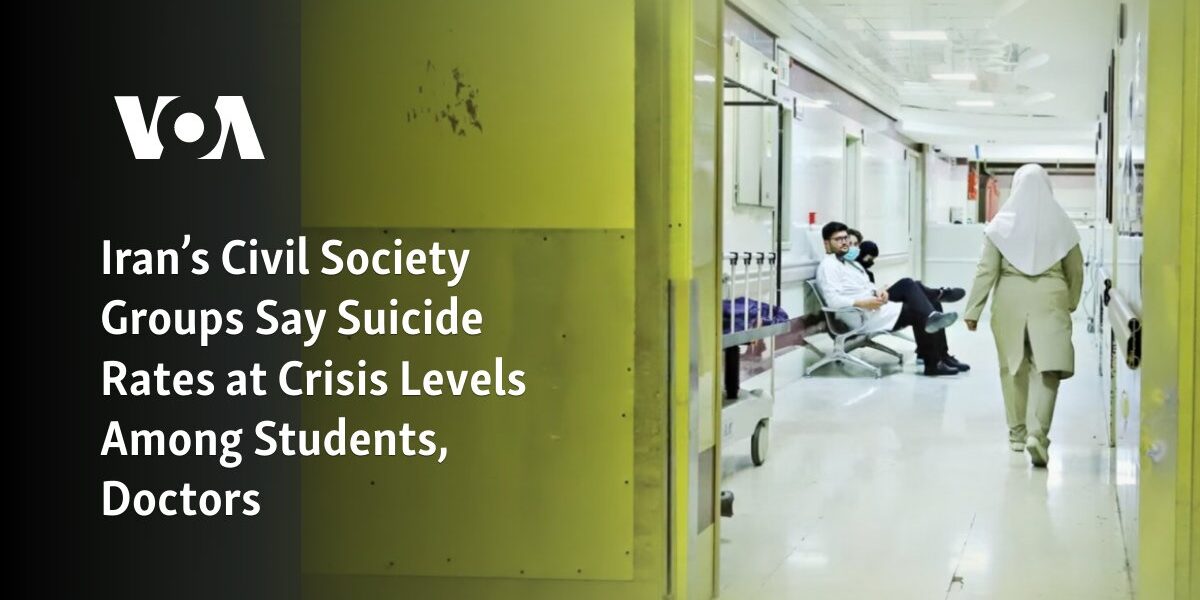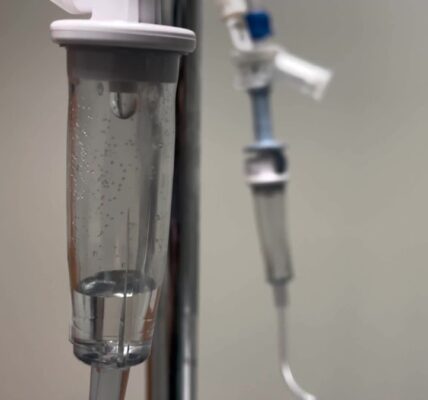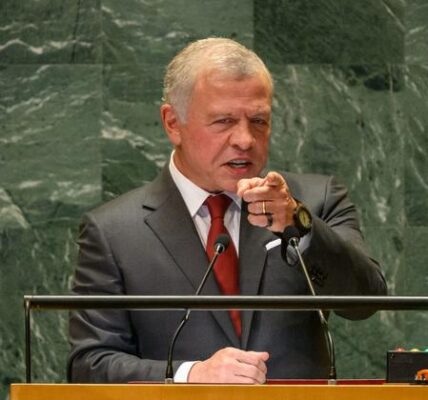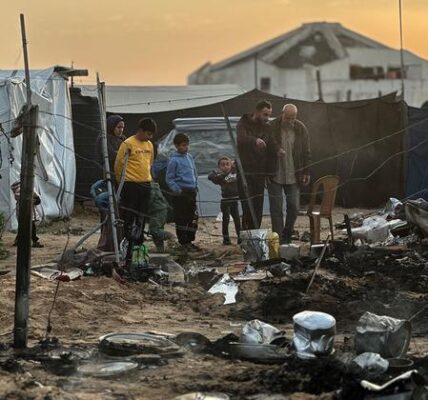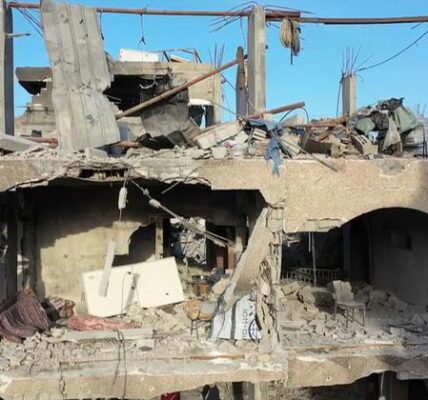Numerous civil society organizations in Iran report that the rates of suicide among students and doctors have reached a critical level.
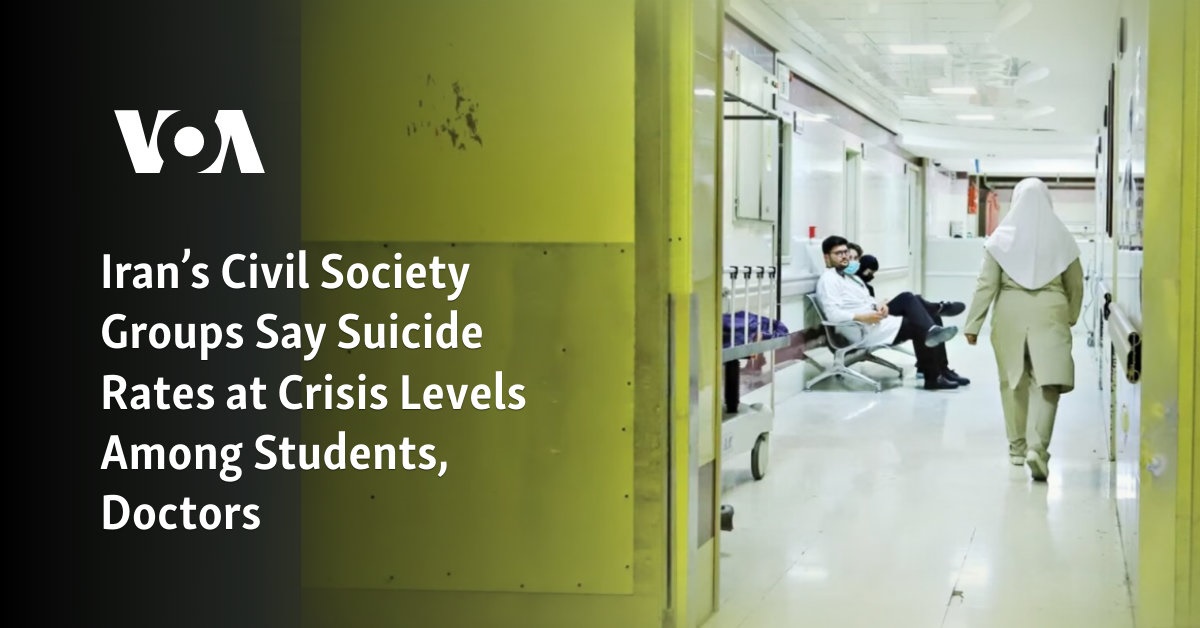 Washington —
Washington —
According to Iranian NGOs and experts, the number of suicides among students and recent medical school graduates has reached a critical point in the last month. The government has yet to propose any solutions to address this issue.
The Iranian state news agency IRNA has admitted that the issue of suicide in the Islamic republic has become more severe. In an article published on January 6, it quoted Hamid Parvih, the vice president of Iran’s Suicide Prevention Scientific Society, who stated that around 120,000 people attempted to take their own lives in the Persian year ending in March 2023. This is a 51% rise from the previous seven years. Out of these attempts, more than 6,000 resulted in death.
On January 26, the biggest teachers’ union in Iran reported that there were at least eight instances of suicide among primary and secondary school students in different regions of the country in the month of Dey, which concluded on January 20.
The Iranian Teacher Trade Associations’ Coordinating Council, also known as the labor union, referred to the issue of student suicides as a “tsunami” in a Telegram post on the same day. According to the council, the problem is most severe in the western region of Iran where the majority population is Kurdish. They stated that the number of student suicides has been rapidly increasing in recent years, causing great concern.
The labor union stated that the government and responsible organizations have remained apathetic, as they have not taken any action to address or prevent the issue.
According to an interview with an emergency medicine specialist published on January 20 by state-approved news site Khabar Online, the suicide rate among resident doctors who recently graduated from medical school in Iran has reached a “crisis” level.
According to Nima Shahriarpour, a physician at Baharloo Hospital in Tehran, a recent survey conducted by the Islamic Republic of Iran Medical Council revealed that an average of 13 resident doctors in Iran take their own lives each year. This organization serves as a trade union for healthcare workers.
According to Shahriarpour, the suicide rate among resident doctors has reached a critical level. Despite efforts to address the issue, it appears that higher authorities are not taking action until it becomes a crisis in our country.
In the most recent episode of VOA’s Flashpoint Iran podcast, Marjan Keypour, the creator of the Alliance for Rights of All Minorities organization focused on Iran, talked about the reasons for the increase in suicide rates in the country.
The interview with Keypour on January 28 has been edited for conciseness and clarity.
Can you describe the most troubling patterns of suicide that you have witnessed in Iran?
Marjan Keypour, from the Alliance for Rights of All Minorities (ARAM), has observed a rise in suicide rates in Iran. This is particularly prevalent among young individuals who face issues that could be resolved and avoided in many other parts of the world. These issues include relationship problems, poverty, depression, limited access to mental health resources, social conflicts, and even addiction.
The reason individuals are ending their own lives is due to the overwhelming sense of despair and suffering that pervades the entire country. This is not only impacting minority communities, but also people throughout the nation. It is especially heartbreaking to witness children as young as 12 years old succumbing to this hopelessness and choosing to end their lives because they lack the resources and support to find hope for the future.
What other observations have you made while monitoring this concerning trend in Iran?
Unfortunately, there has been a significant increase in the number of doctors in our country taking their own lives. While burnout, limited resources, and insufficient pay play a role in this issue, there are also cases where these physicians are unable to fulfill their responsibilities.
Following the start of Iran’s Woman Life Freedom movement in September 2022, government officials launched a harsh attack on demonstrators, using violence and bullets to injure and blind them. Reports showed that doctors who went to aid the innocent victims were instead arrested, isolated, and subjected to torture while in custody. This may have contributed to the recent increase in physician suicides, as they were unable to fulfill their duties as medical professionals.
Iranian state media has been covering the increasing rates of suicide, indicating that the government is aware of the issue. Why is it not implementing more effective measures to address this problem?
According to Keypour, poverty is a major factor in many suicide cases in Iran. However, there has been little effort from the government in the past decades to address the underlying issues of poverty and reduce the significant amount of suffering that is occurring.
Is the issue being disregarded by the Iranian authorities, or are they unable to address it due to corruption and ineptitude?
Keypour believes that there are issues of corruption and a lack of concern for others in Iran. People are dying from various causes, such as the coronavirus or bombings, and the government is not taking enough action to prevent them. These causes could be prevented or their impact reduced, but the government does not prioritize the lives of Iranian civilians.
Furthermore, there is a deficiency in the ability to effectively address complex societal issues, such as access to mental health services. Moreover, it is crucial for the government to alleviate feelings of despair by granting citizens some degree of independence and self-governance. Unfortunately, their suppression of the populace denies individuals the chance to release pent-up emotions.
Instead of hiring more trained psychologists and mental health professionals to improve schools, authorities are replacing them with untrained clergy members who are not equipped to make decisions about students’ academic and emotional well-being. Unless systematic solutions are implemented, we may unfortunately see more tragedies like this in the future.
Source: voanews.com
